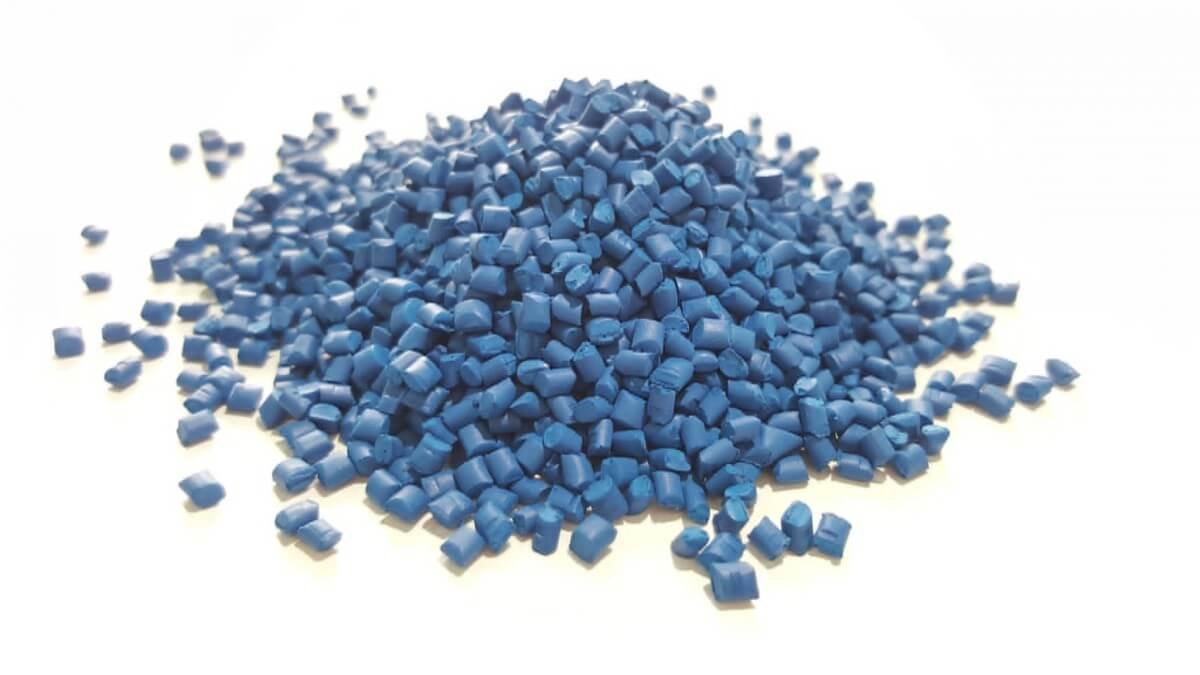Recently, technology and materials used in manufacturing have changed quite a bit. For example, the invention of composite materials made it possible for millions of manufacturing processes to be conducted. Their distinctive characteristics make composite materials crucial in multiple industries, such as electronics and automotive manufacturing.
Exploring Conductive Compounds in Manufacturing
Compounds are materials made specifically to conduct electricity with other beneficial physical qualities. Unlike pure metals, conductors do not offer anything useful during manufacturing. Pure conductors lack formability and rigidity, while branded conductors offer conductivity. Therefore, they are the basis of complicated products that require a mechanical structure together with electrical modularity.
In the conductive compounds’ raw state, these materials pose traditional design challenges to circuits throughout their lifecycle. In an industrial environment, however, these materials solve very pressing issues that regular conductors cannot address. They allow manufacturers to design complex geometries with integrated multi-functionality at an economical price while maintaining high-performance benchmarks.
Applications In Other Sectors
The electronics industry utilizes conductive compounds for the manufacture of flexible circuits and static shielding systems, which are smartphone parts as well as components for industrial machines. The automotive industry uses conductive compounds in fuel fittings where high temperature tolerances or pressure sealing is needed, lightweight, strong sensor housings, and various safety systems that ensure structural integrity while permitting required conductivity.
Vulnerable electronic instruments are shipped with an external protective cover and internal delicate volume structures to guard them from advanced materials during transport.
Integrating UV Protection Into Other Fields
Harsh environments and ultraviolet radiation can damage polymers. Such issues can be solved by UV stabilizer masterbatch technology. Shielders do not allow material to perish because of ultraviolet rays while discharging primary functions, thus greatly improving the longevity of products.
The combination of conductivity with shielding against UV rays offers protection from electromagnetic interference and environmental conditions. When materials modified using masterbatch formulations are incorporated, product reliability increases for manufacturers, and maintenance becomes less frequent.
Improvements in Production Methods
Using conductive compounds improves the efficiency of manufacturing processes tremendously, as these materials can be processed using traditional polymer manufacturing methods.
Conductive compounds offer design flexibility unprecedented in their convenience. They allow the creation of thin-walled multifunctional parts with complex geometrical shapes, which are impossible to make from tubes or circular sections.
The Coming Trends in Manufacturing
Smooth Innovative Manufacturing Systems demand sleeker and lighter materials than ever before. The multifunctional smart materials need to serve dual purposes by performing two jobs at once—construction of advanced data channels with pneumatic, electric, or mechanical functions, and intelligent systems require an eco-friendly collage fabrication skill set.
Conclusion
Integrating conductive materials solves numerous mechanical and electrical challenges for manufacturers; enhancing modern production platforms relies on protective technologies alongside processing benefits. When shaping the blueprint for products that mold future technology, these materials will prove indispensable. Converging sophisticated materials science with production needs ensures advanced polymers will serve as the enduring backbone for countless applications far into the future.
